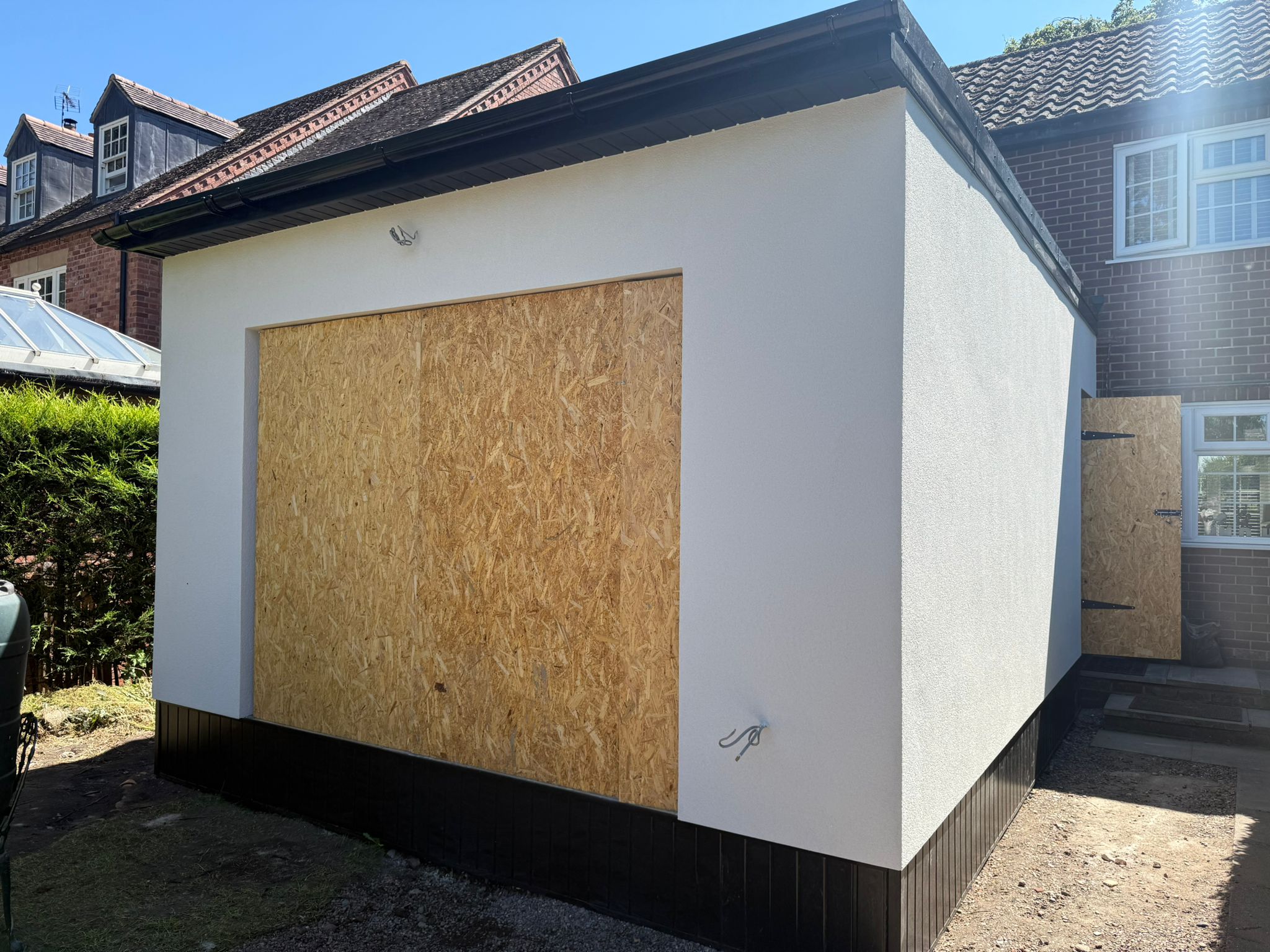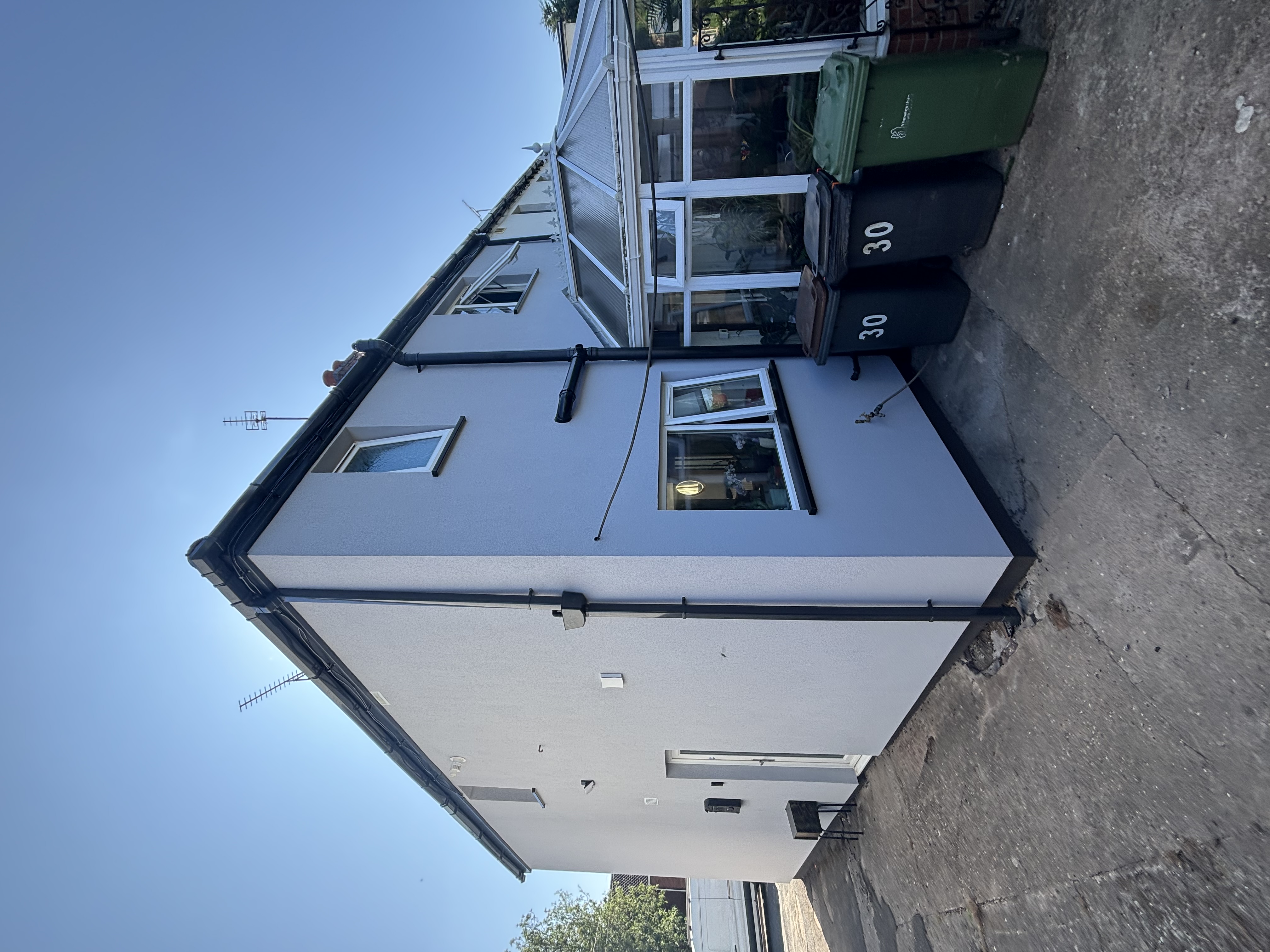
If your property’s render is starting to crack, stain, or grow algae, you’re not alone. These are common problems, especially in older homes, and they’re not just cosmetic. Damaged or worn render can let water in, cause heat loss, and even lead to internal damp and mould. In this guide, we’ll explain what causes these issues, when to worry, and how professional repair or re-rendering can protect both your home’s appearance and structure for years to come.

Render can crack, stain, or develop algae for several reasons. These are common issues that affect not only the appearance of your home but, if left unchecked, can also impact the protective function of your exterior walls. Below, we explain the most frequent causes, and what they might mean for your property.
Render provides a decorative and protective layer to your home’s exterior. However, over time or due to specific conditions, cracks may appear. Here are the most common causes:

Discolouration or patchy staining on rendered walls is a common complaint. It’s actually caused by water interacting with different materials.
Green or black staining on render is typically caused by algae, moss, or mould. This is not only unsightly, but can also indicate ongoing moisture problems.

If you’re noticing paint peeling, bubbling, or staining at the base of your walls, especially on both the inside and outside, it could be a sign of rising damp. This happens when posture from the ground rises through the mansory due to a failed or missing damp-proof course, more commonly in older properties. Damp and mould can pose serious health risks, especially to children, older adults, and people with underlying health conditions such as asthma or weakened immune systems.
Before planning any patch repairs or full re-rendering, it’s important to rule out rising damp. Applying new render over damp walls can trap moisture and worsen the problem over time.
Most render issues are manageable, but certain signs suggest it’s time to seek professional advice:
If you’ve noticed any of the above, it’s worth getting a qualified renderer to take a look. Acting early can help prevent further damage, protect your home’s structure, and avoid costly repairs down the line.

Whether your render can be repaired or needs to be fully replaced depends on the type of render, the extent of the damage, and the conditions of the wall underneath.
Repair may be suitable if:
Re-rendering is often the best option if:
If in doubt, a professional assessment can help determine the most cost-effective and long-lasting solution.

If your render is cracked, stained, or simply making your home look tired, don’t wait for it to get worse. We specialise in restoring and re-rendering homes across the Midlands. Whether you need a small repair or a complete re-render, our team will offer honest advice and professional results. Get in touch today for a free quote.

